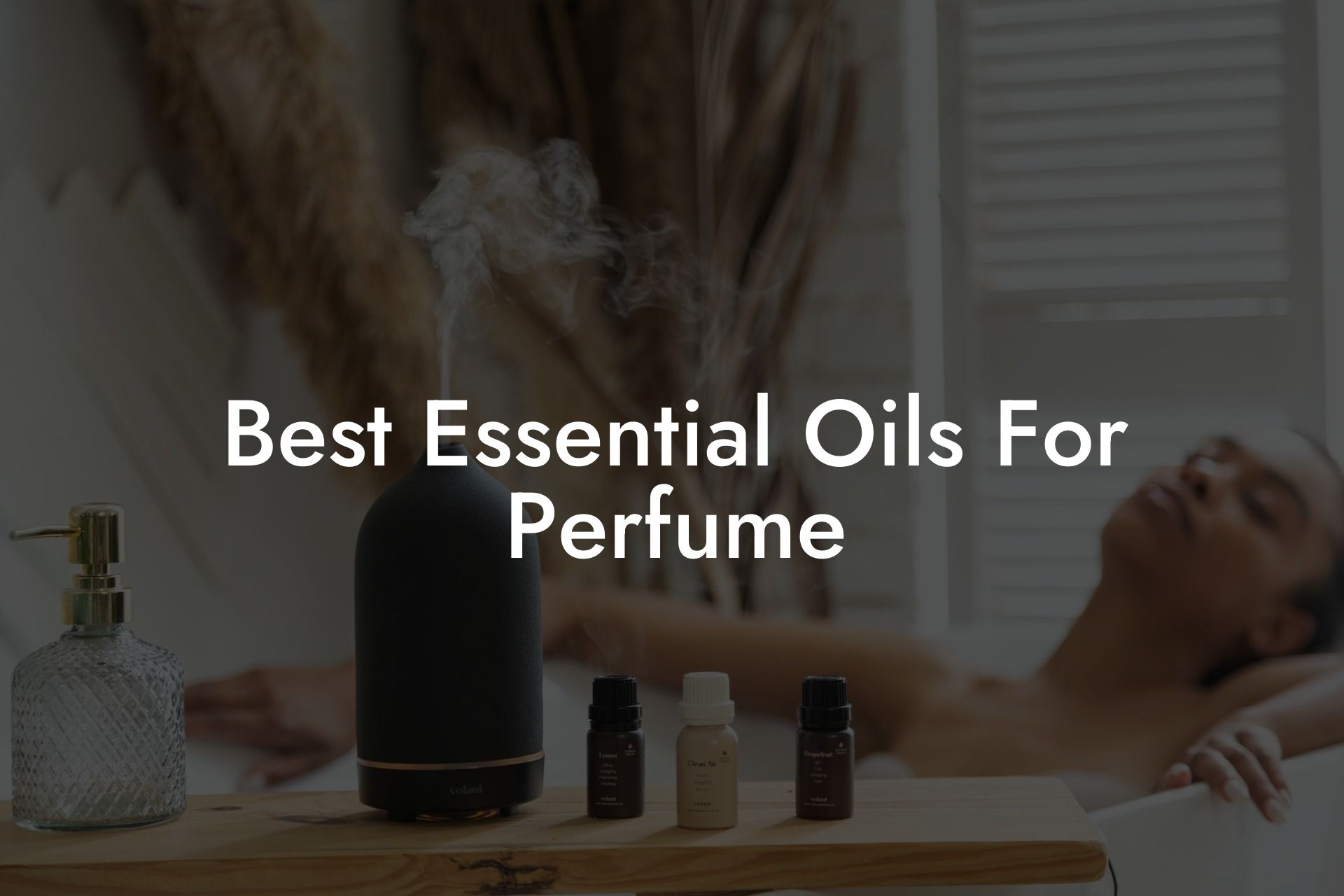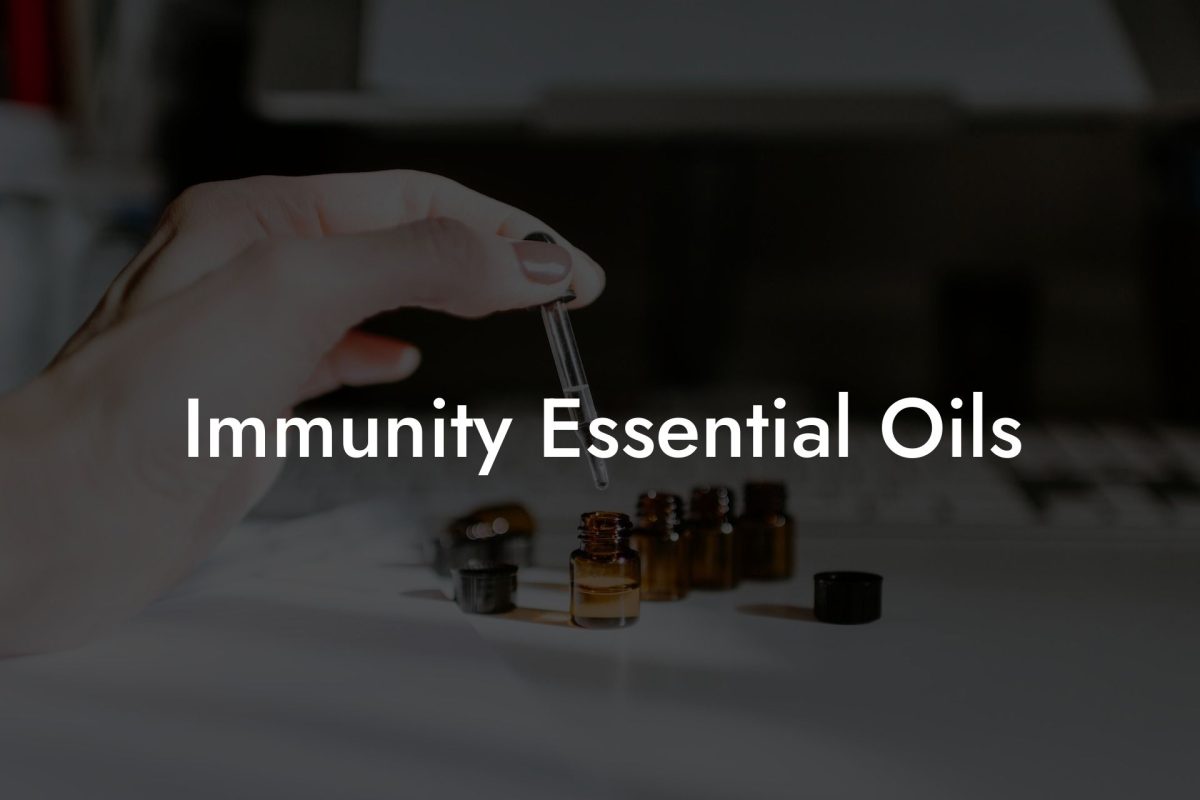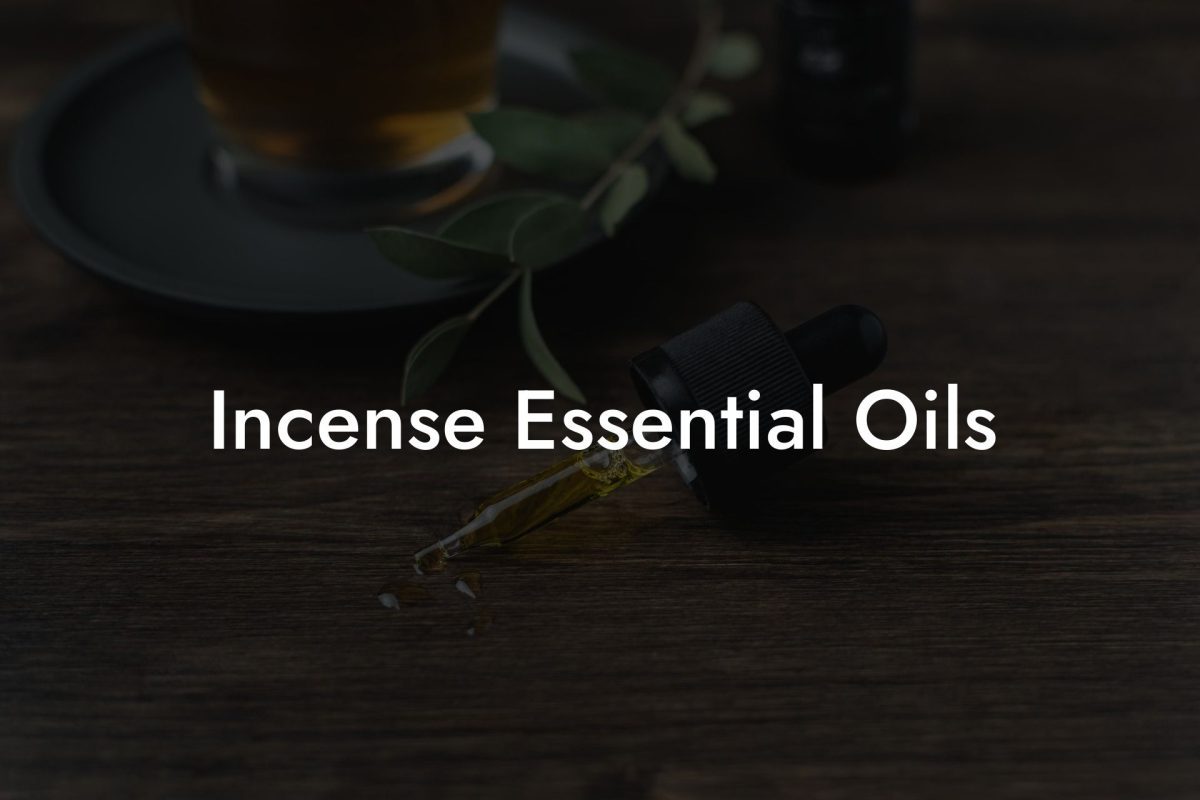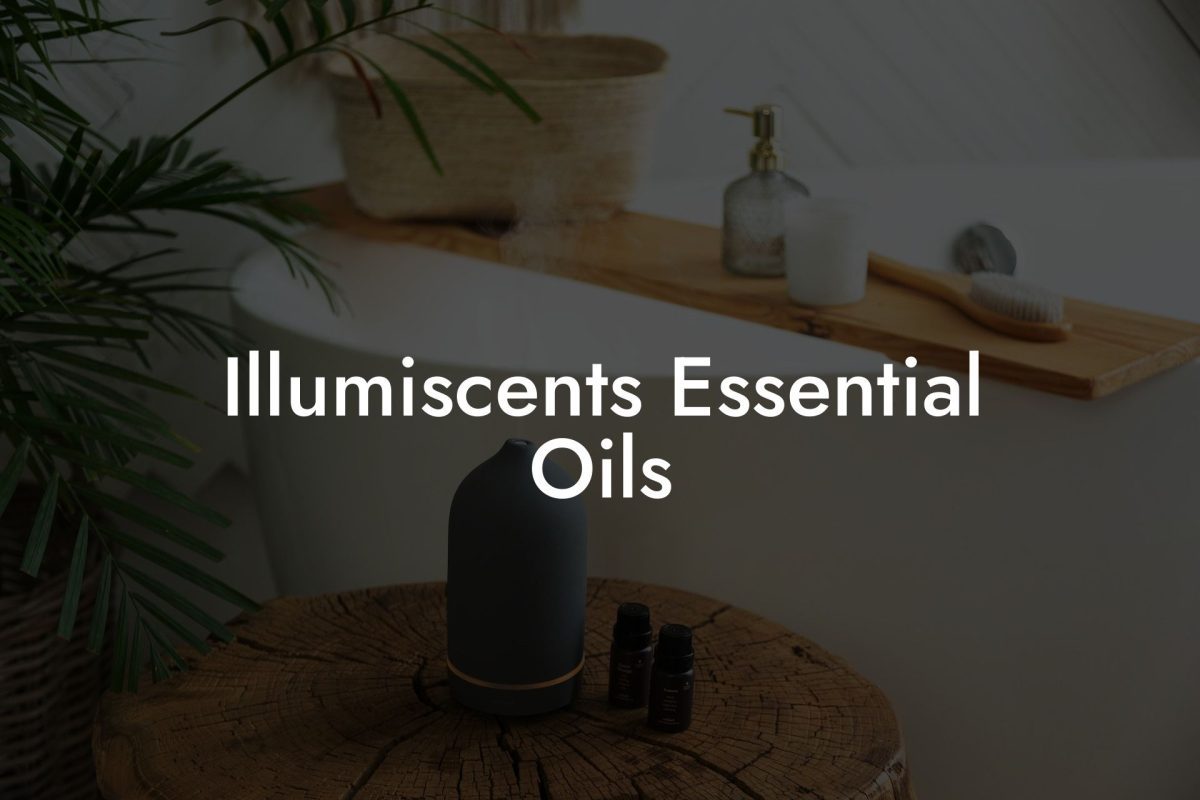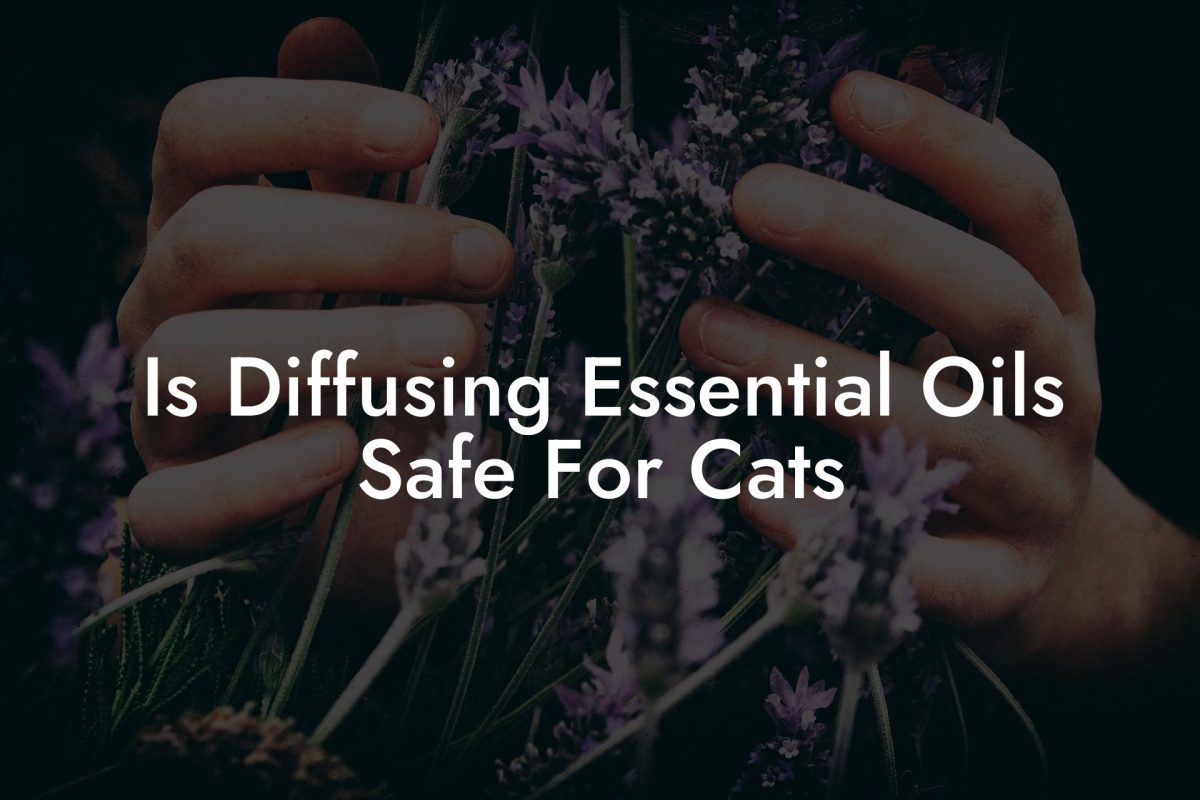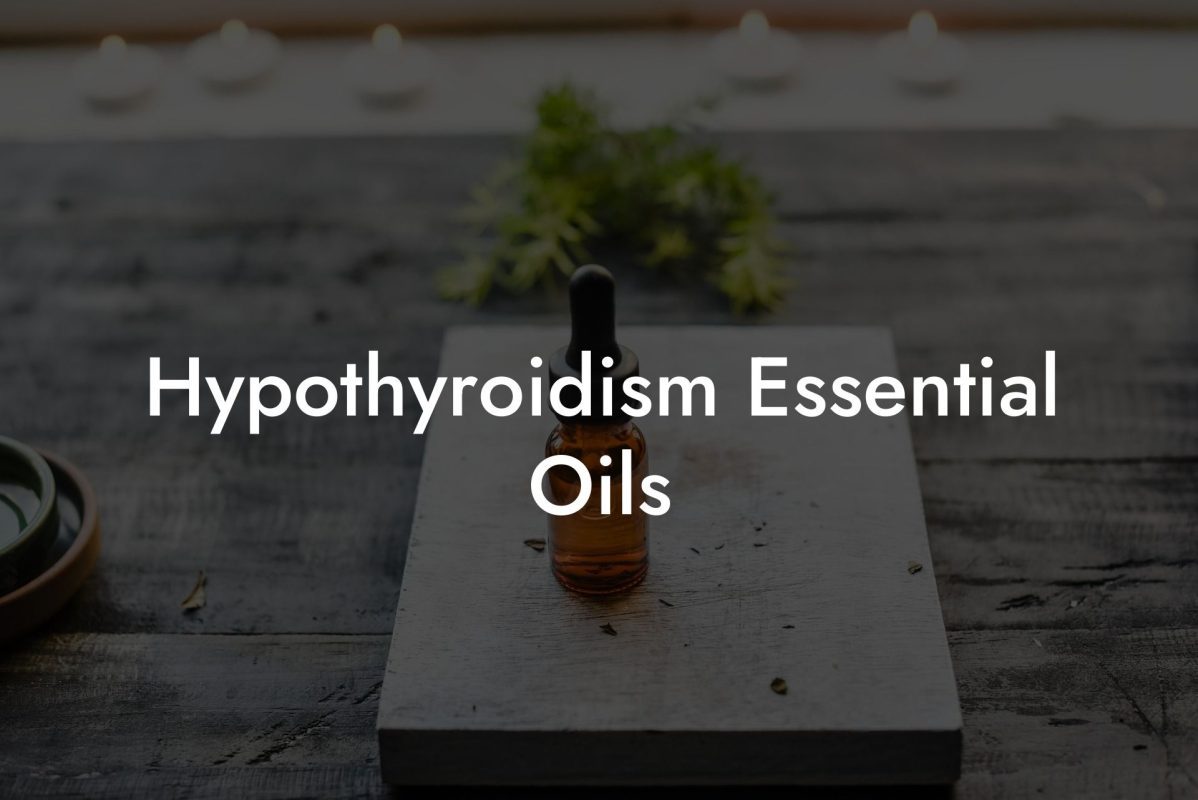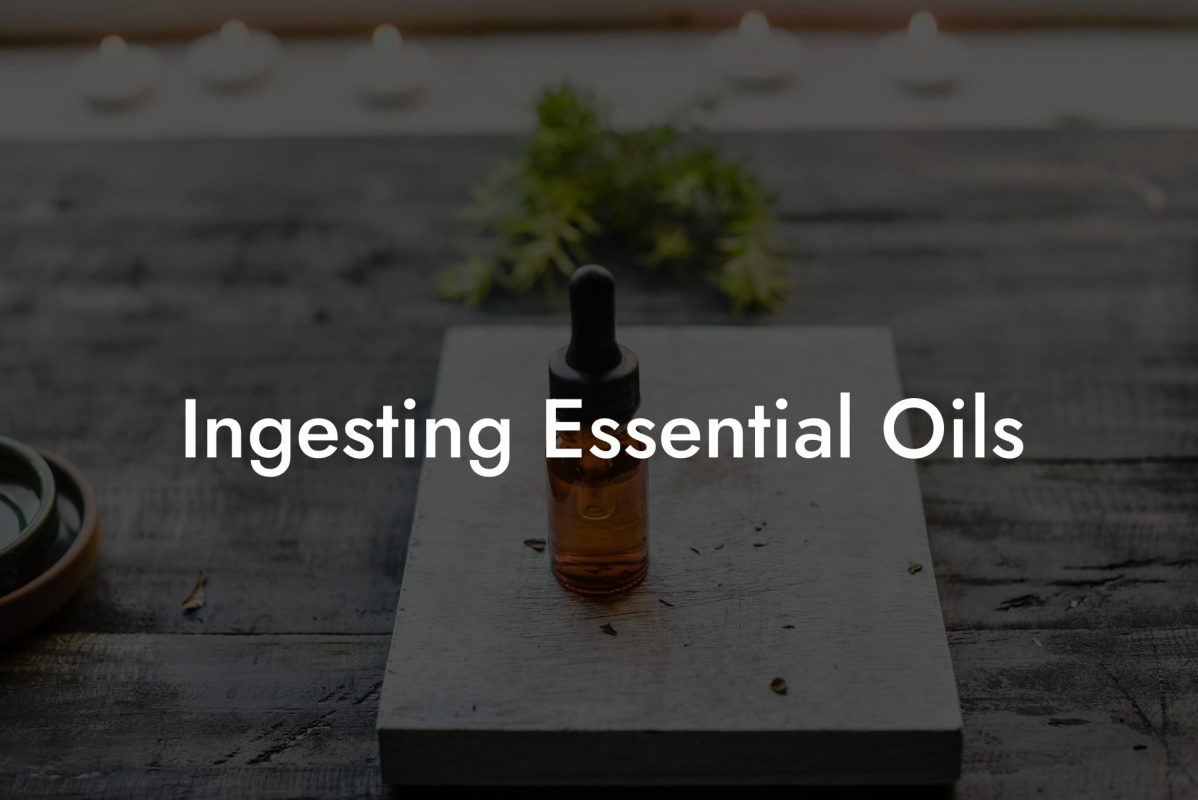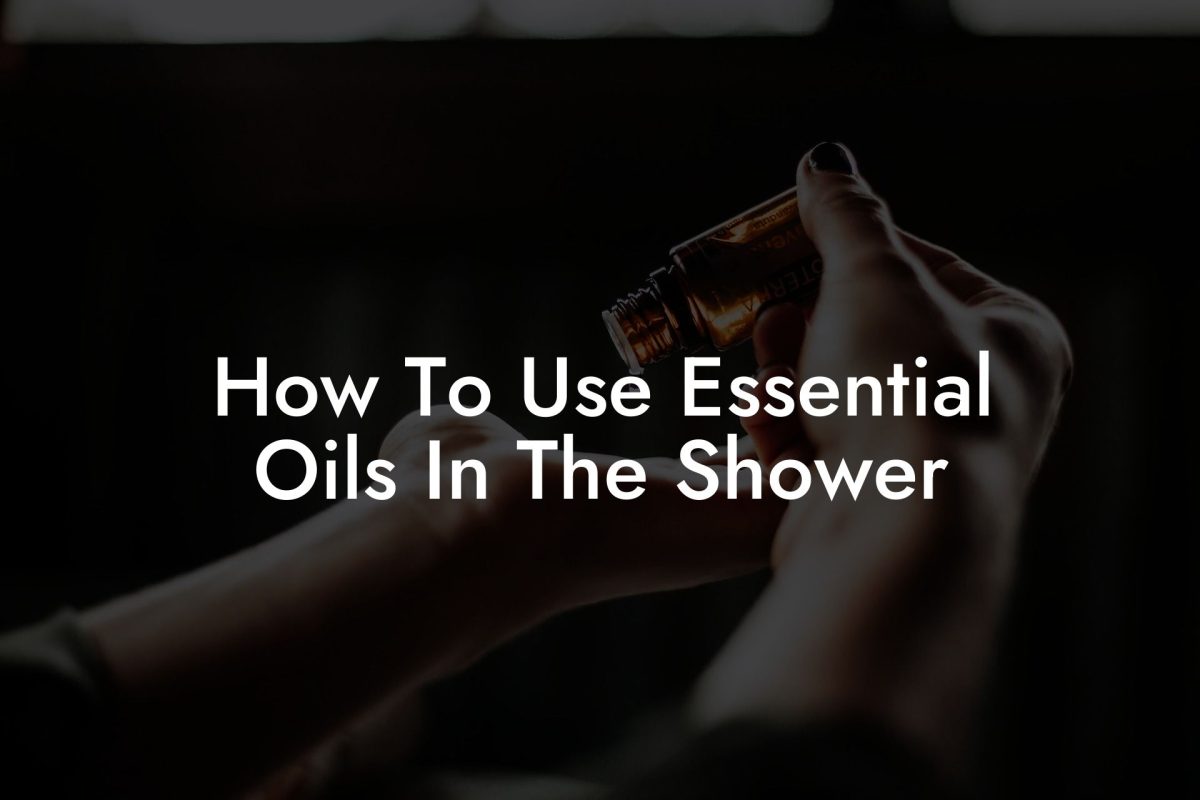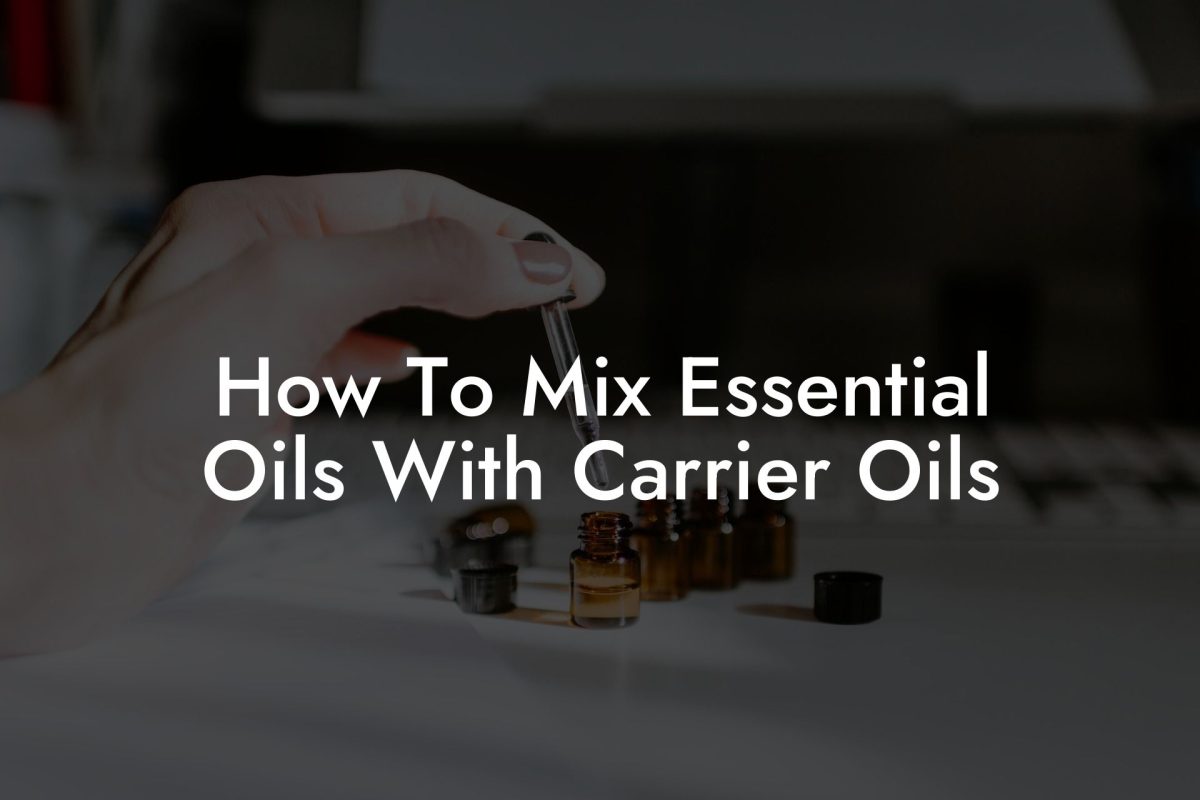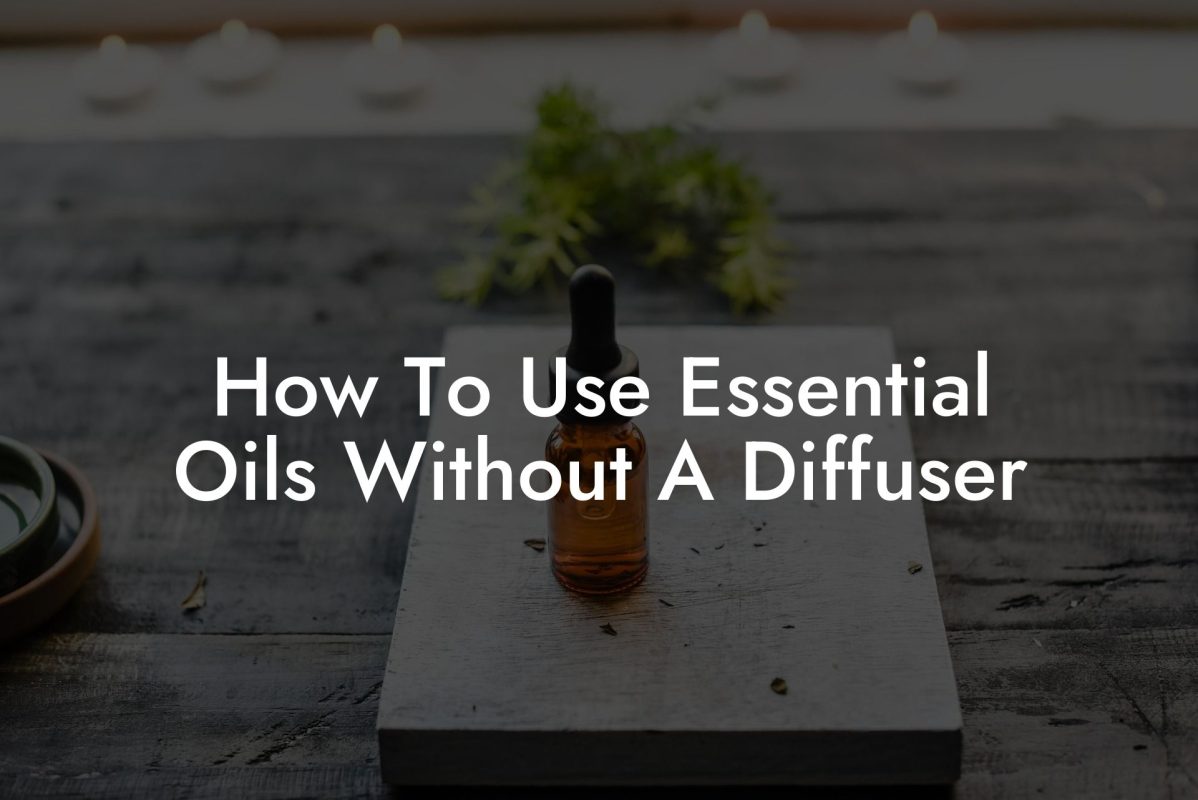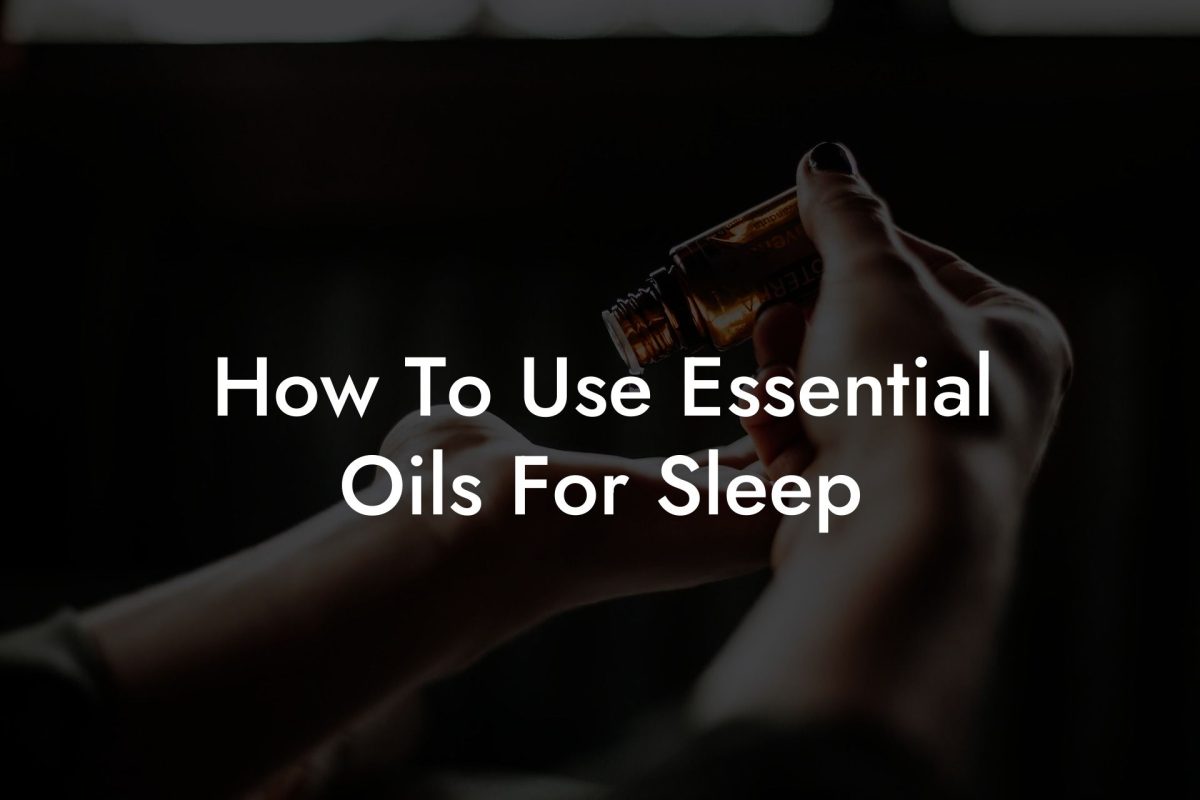In a world where synthetic fragrances and perfumes have become all too common, there’s something alluring about the natural scents found in essential oils. With the art of perfumery dating back to ancient civilizations, it’s no surprise that people are returning to the enchanting aromas of essential oils to create their own unique and personalized scents. In this article, we will explore the best essential oils for creating captivating perfumes that not only smell divine but also benefit your overall well-being.
Table of Contents
Discovering the Perfect Essential Oils for Perfume
To create the perfect aroma, it is essential to understand the different types of scents and their characteristics. In perfumery, scents are typically divided into three categories: top notes, middle (or heart) notes, and base notes.
Top Notes
Top notes are the first scents you notice when you smell a perfume. They’re usually fresh, light, and uplifting, and they evaporate the fastest. Some of the best essential oils for top notes include:
- Citrus Oils: Lemon, Lime, Bergamot, and Grapefruit
- Minty Oils: Peppermint and Spearmint
- Herbaceous Oils: Basil and Rosemary
Middle (Heart) Notes
Middle or heart notes are the scents that appear after the top notes have dissipated. These scents form the body of the perfume and often serve to bring depth and complexity to the aroma. Some popular middle note essential oils include:
- Floral Oils: Lavender, Jasmine, Rose, and Geranium
- Spicy Oils: Black Pepper, Cardamom, and Cinnamon
- Herbaceous Oils: Clary Sage, Chamomile, and Marjoram
Base Notes
Base notes are the scents that form the foundation of the perfume and are revealed once the top and middle notes have evaporated. They often last the longest on the skin and are typically deep, rich, and earthy. Some recommended base note essential oils include:
- Woody Oils: Cedarwood, Sandalwood, and Vetiver
- Resinous Oils: Frankincense, Myrrh, and Benzoin
- Rich Floral Oils: Ylang-Ylang and Patchouli
Blending Essential Oils for Perfume
Creating the perfect perfume blend involves experimentation and a little bit of knowledge on how to combine scents. Here are a few tips for blending essential oils for perfume:
- Choose a combination of top, middle, and base notes to create a well-rounded fragrance.
- Start with one drop of each oil and adjust the ratios to your preference.
- Allow the blend to rest for at least 24 hours before evaluating the scent, as the oils will continue to meld together over time.
Best Essential Oils For Perfume Example:
Here’s a simple example of an essential oil perfume blend using top, middle, and base notes:
- Top Note: 2 drops of Bergamot
- Middle Note: 4 drops of Jasmine
- Base Note: 2 drops of Sandalwood
Mix the oils together and let them meld for at least 24 hours. Once you’re satisfied with the scent, dilute the blend with a carrier oil (such as jojoba or fractionated coconut oil) and transfer it to a rollerball or spray bottle for easy application.
Now that you’re armed with the knowledge of the best essential oils for perfume, you’re ready to embark on a fragrant journey to create a truly personalized scent. Not only will your bespoke perfume captivate the senses, but the natural benefits of essential oils will help improve your well-being. Don’t forget to share your unique creations with friends and family, as they make for thoughtful and impactful gifts. And to further enhance your olfactory odyssey, be sure to explore our other informative guides on essential oils at Oshu Oils, as well as our inspiring range of artisan essential earth oils.

